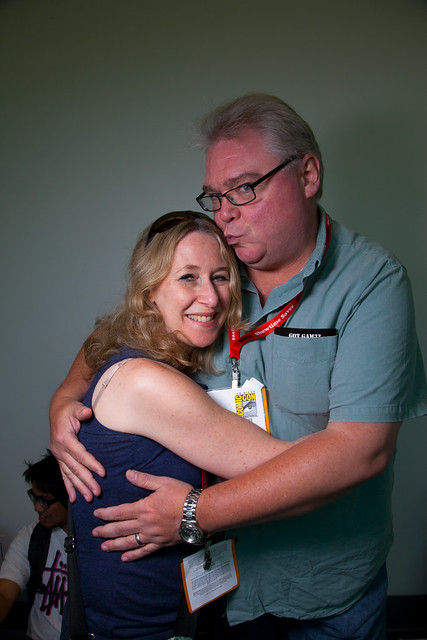Oh, the things I don't know... Thanks for the clarification, Bill. I see that thread has been updated since I last viewed it. I will review it again.
Results 21 to 26 of 26
Thread: Advice for shooting a party?
-
21st June 2016, 04:39 AM #21
Re: Advice for shooting a party?
-
21st June 2016, 06:17 AM #22
Re: Advice for shooting a party?
Yes - when you asked for more ideas - I edited my reply to put all my comments in one post.
***
Re the pull out "Catch Light Card" on your Nikon Flash - have a look at your User Manual. It will probably have a little diagram showing the Flash facing to the Ceiling and the Card facing forward to the Subject - and the rays of light bouncing from each - the Card and also the Ceiling.
I think I mentioned this on the other thread - the one I linked to - if the Subjects are far away and/or you are running out of "Flash Power" then tilt the Flash Head forward a bit to get the bounce off the Ceiling closer to the Subject.
Also in that thread, there is a picture of a group of Swimmers at an Airport Terminal - I was at about ISO1600 and a good distance away from the Subjects and because the ceiling was high I was running out of Flash Power - the Catch Light Card still worked – you can see it on the face and in the eye (maybe not in the small image) - but to get the good impact from the Ceiling Bounce the Flash Head was tilted forward - probably at 60 or 45 degrees.
WW
-
21st June 2016, 06:26 AM #23
Re: Advice for shooting a party?
Aside:
haha!Oh, the things I don't know...
One of the best lessons I have learned was one (of several lessons) taught to me by a excellent teacher at a three day seminar I attended.
The lesson was complex, but the take away was simple and all encompassing:
1. I know what I know - it is good to know this.
2. I know what I do not know - it is better to know this.
3. I do not know all of what I do not know - I should never forget nor ever disregard this, as it is basis of all my knowledge.
WW
-
26th June 2016, 08:07 PM #24
Re: Advice for shooting a party?
One more neilvn.com link.

van Niekerk's done a video comparison of a range of on-camera flash modifiers, and he shows you the result with each modifier (and how similar the look is with all of them and how bouncing still works better ). The modifiers specifically are:
). The modifiers specifically are:
- Rogue Flashbender
- Gary Fong Lightsphere
- Magmod
- Spinlight
- small softbox
- plastic diffuser cup
- BFT
My on-flash modifier of choice is a PITA; it's a small softbox that's basically a cheap eBay rip-off of a Lastolite Ezybox Speed-Lite (the little 8" one). It's a PITA to set up, and it's not that much better than the other modifiers, but the depth and the second baffle do help soften the flash shadows in those giant venues. This is a shot I grabbed walking down the convention center hallway of Karen Berger and Mike Carlin, when they obligingly mugged for me. What helped is that my YN-560 was off-camera in my left hand, triggered with RF triggers. Could've done it just as easily with a cable.

Last edited by inkista; 26th June 2016 at 08:23 PM.
-
26th June 2016, 08:41 PM #25
Advice for shooting a party?
Excellent illustration of the impact of each tool, Kathy; thanks for posting.
Sent from my iPhone using Tapatalk
-
26th June 2016, 11:35 PM #26
Re: Advice for shooting a party?
To a large extent I agree with van Niekerk, but large interior spaces with high ceilings are almost like shooting outdoors and frankly 24ft ceilings and bounce flash DON'T work at all. There are a lot of venues I've shot at where bounce light, using small flash is not an option. If fact anything over 12 ft can be a bit dicey, and there are all kinds of places that are large and have high ceilings.
Cranking up the ISO can also be problematic. His choice of ISO 800 isn't something that he's doing by accident, it's a deliberate tradeoff that gets him the image quality without getting into an ISO range where quality starts to suffer.
He also cheats a bit with his shadows as they are only an issue if the subject is close to a wall. If his model stepped forward a bit more and away from the wall, the shadow problem would be gone, although the quality of light issue would still be the same
I know he is out there to make a point, but omitting some of these facts isn't being 100% up front either.

 Helpful Posts:
Helpful Posts: 
 Reply With Quote
Reply With Quote
